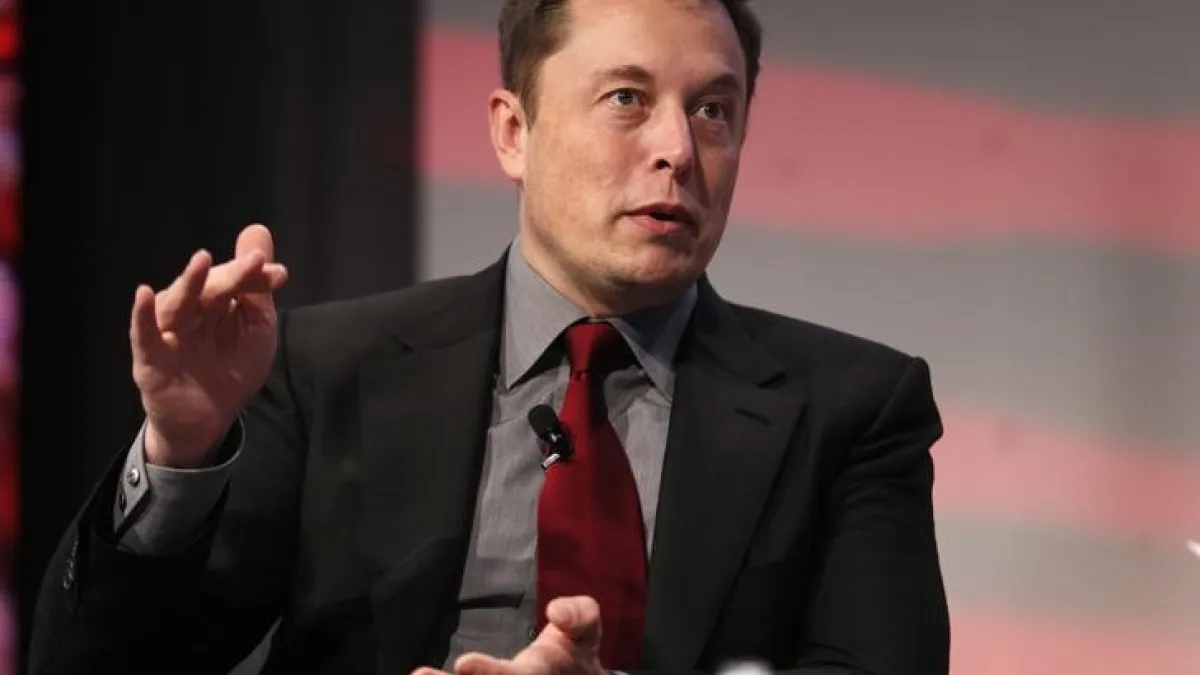
The efficiency and cost-cutting effort known as DOGE is taking formative steps ahead of President-elect Donald Trump’s return to the White House, and The New York Times has some new details about where the project is headed.
DOGE, short for Department of Government Efficiency, is being led by Tesla and SpaceX CEO Elon Musk and pharmaceutical entrepreneur Vivek Ramaswamy, with the goal of slashing wasteful spending in the federal government. “Your money is being wasted, and the department of government efficiency is gonna fix that,” Musk told rallygoers in November, as the DOGE concept was getting off the ground during the Trump campaign. “We’re gonna get the government off your back and out of your pocketbook.”
Republican lawmakers, along with a few Democrats, have embraced the project, with caucuses forming in Congress to help advance DOGE. But questions remain about the legal structure of the group, the limits of its power and its ability to make significant changes. Here are some updates on the still-developing effort:
* More of a brand than an organization: Although DOGE is recruiting personnel, it is not expected to become a formal organization and will instead operate as a network of analysts offering advice. “After some consideration by top officials, DOGE itself is now unlikely to incorporate as an organized outside entity or nonprofit,” the Times’s Theodore Schleifer and Madeleine Ngo write. “Instead, it is likely to exist as more of a brand for an interlinked group of aspirational leaders who are on joint group chats and share a loyalty to Mr. Musk or Mr. Ramaswamy.”
* Lots of volunteers: Although DOGE has indicated (through its account on X, the social network owned by Musk) that it plans to hire “a very small number of full-time salaried HR, IT, and Finance positions,” much of the work may be done by volunteers. Musk is reportedly recruiting executives who will work in six-month stints on an unpaid basis, placed in various federal agencies throughout the government. Some analysts may work on a more formal basis as special employees who are limited to 130 days of work per annum. Those not working in specific agencies may end up in the U.S. Digital Service, an Obama-era office focused on government technology, or in the Office of Management and Budget.
* Maneuvering in the dark: The effort to create “drastic change” in government is being done largely out of the spotlight and without public input. The details of DOGE are shrouded in secrecy, with much of the communication about the project being conducted on Signal, an encrypted messaging platform.
* Personal connections: To a remarkable degree, the people involved so far in the discussions about DOGE are reportedly personal friends of Musk and Ramaswamy, or at least operate in similar circles in Silicon Valley. Key figures include major tech investors Marc Andreessen and Shaun Maguire; Ramaswamy’s chief of staff and childhood friend, Matt Luby; and Steve Davis, “who is widely seen as working as Mr. Musk’s proxy on all things,” according to the Times. And some of the legal work related to the structure of DOGE is being done by Chris Gober, Musk’s personal counsel, and Steve Roberts, Ramaswamy’s personal lawyer.
* Softening expectations: Critics and even some supporters have expressed serious doubts about the ability of DOGE to achieve anything like the $2 trillion per year cuts in federal spending that Musk once promised. As we highlighted last week, Musk himself seems to be having second thoughts, saying that getting half that amount would be a victory: “I think if we try for two trillion, we’ve got a good shot at getting one.”
Read more at The New York Times.